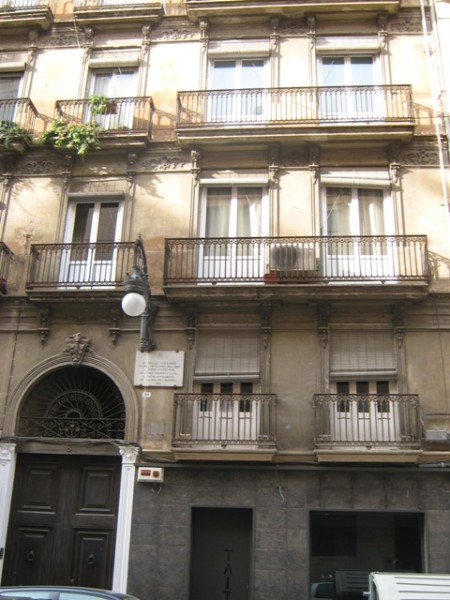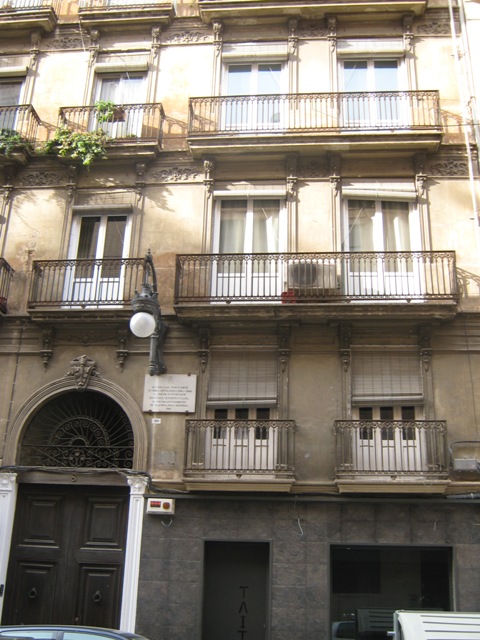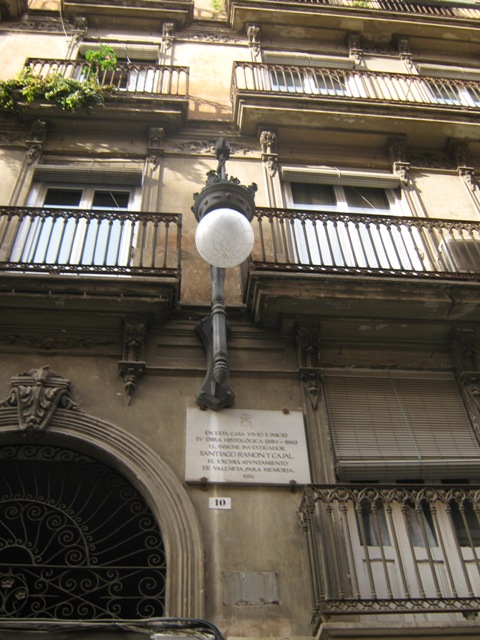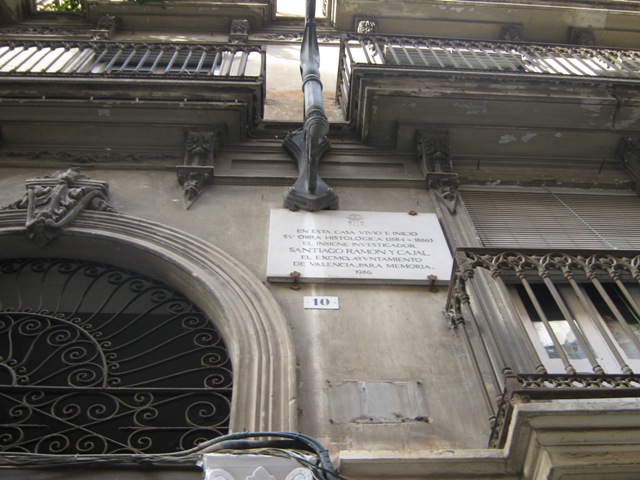Most Spanish cities have a street with this name, although not many have chosen as unexciting an avenue as Valencia. In fact most people would imagine it to be a continuation of Fernando Católico, although Avenida Ramon y Cajal is in fact a separate entity running from Plaza España to the tunnel under the railway line that comes out in Gran Via Marques de Turia.
Santiago Ramon Y Cajal was born on May 1, 1852 in Aragon. He was one of Spain’s most eminent scientists, considered to be the founder of modern neuroscience and a Nobel Prize winner in 1906.
At school he had lots of problems with authority and was even imprisoned at the age of eleven for destroying the town gate with a homemade cannon.
Following a brief period as a cobbler’s apprentice, he attended medical school at Zaragoza, from where he graduated in 1873.
He served as a medical officer in the Spanish Army, taking part in an expedition to Cuba in 1874-75, contracting malaria and tuberculosis. After returning to Spain he married Silveria Fañanás García in 1879, with whom he had four daughters and three sons.
He was appointed as a university professor at Valencia in 1881, and lived here between 1883 and 1887, firstly in Calle de Avellanas, then in a house in Calle Pizarro, where a plaque now recalls his stay, and finally in Calle Colon, where he installed his first working laboratory.
He was present during the cholera epidemic of 1885 and was involved in researching the epidemic.
Ramón y Cajal’s most famous studies were on the structure of the central nervous system. In his studies of the human brain, Ramon Y Cajal reached the conclusion that the nervous system is made up of billions of separate neurons, which he referred to poetically as “butterflies of the soul”. He suggested that neurons communicate with each other and developed the hypothesis that that the individual unit of the nervous system is a single neuron.
Among the many examples of his universal recognition was being made an honorary Doctor of Medicine of the University of Cambridge.
He published over 100 scientific works and articles in French, Spanish, and German.
In 1905, he published five science-fictional ‘Vacation Stories’ under the pen name ‘Dr. Bacteria.’ The asteroid 117413 Ramonycajal is named in his honour.
He died in Madrid in 1934, aged 82.




